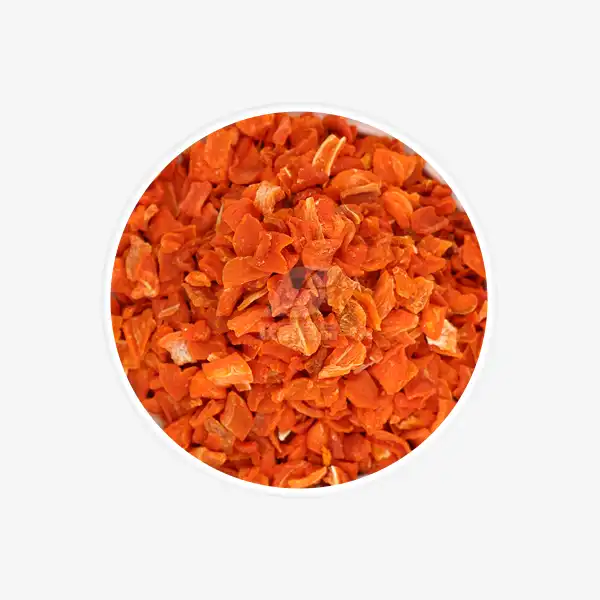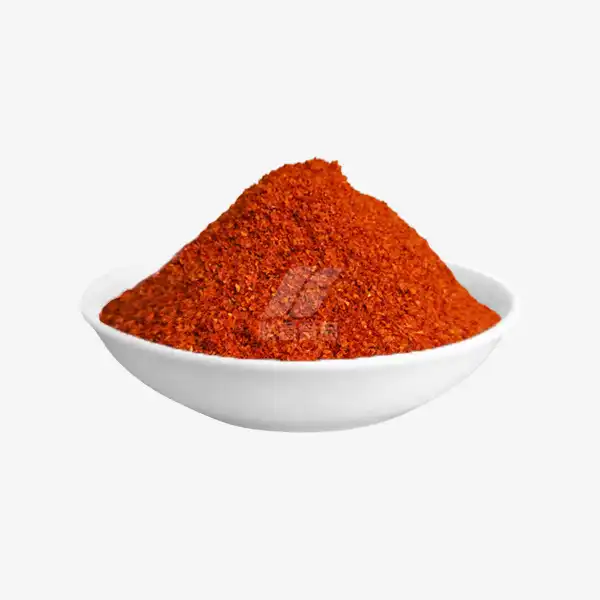Dehydrated Chili: A Culinary Powerhouse
Dehydrated chili has become a culinary sensation, transforming the way we approach seasoning and flavor enhancement in our kitchens. This versatile ingredient packs a punch of intense flavor while offering convenience and longevity. Whether you're a seasoned chef or a home cooking enthusiast, understanding the nuances of dehydrated chili can elevate your culinary creations to new heights. In this comprehensive guide, we'll explore the fascinating world of dehydrated chili, from its place on the Scoville scale to creative DIY powder mixes and its diverse regional applications. Get ready to embark on a flavorful journey that will revolutionize your approach to cooking and seasoning.
Understanding the Scoville Scale in Dehydrated Chili
The Scoville scale, developed by pharmacist Wilbur Scoville in 1912, measures the pungency or heat of chili peppers. This scale is crucial when working with dehydrated chili, as the concentration of capsaicin - the compound responsible for the heat - increases during the dehydration process.
Dehydrated chili varieties span a wide range on the Scoville scale:
- Bell Peppers: 0 Scoville Heat Units (SHU)
- Anaheim Peppers: 500-2,500 SHU
- Jalapeños: 2,500-8,000 SHU
- Cayenne Peppers: 30,000-50,000 SHU
- Habanero Peppers: 100,000-350,000 SHU
- Ghost Peppers: 855,000-1,041,427 SHU
It's important to note that dehydration can intensify the heat level of chili peppers. For example, a fresh jalapeño might register around 5,000 SHU, but its dehydrated counterpart could reach up to 8,000 SHU. This concentration effect makes dehydrated chili a potent flavoring agent, allowing you to add significant heat and depth to your dishes with just a small amount. When selecting dehydrated chili for your culinary endeavors, consider your heat tolerance and the desired flavor profile of your dish. Milder varieties like Anaheim or Poblano can add a subtle warmth, while hotter options like Cayenne or Habanero can provide an intense kick that transforms your recipe.
DIY Dehydrated Chili Powder Mixes
Creating your own dehydrated chili powder mixes is an excellent way to customize your seasoning blends and elevate your cooking. By combining different varieties of dehydrated chili, you can craft unique flavor profiles tailored to your preferences or specific dishes.
Here are some inspiring DIY dehydrated chili powder mix ideas:
Smoky Southwest Blend
- 2 parts dehydrated Ancho chili
- 1 part dehydrated Chipotle chili
- 1 part dehydrated Guajillo chili
- 1/2 part garlic powder
- 1/2 part cumin powder
Fiery Asian Fusion Mix
- 2 parts dehydrated Thai Bird's Eye chili
- 1 part dehydrated Szechuan chili
- 1 part dehydrated Kashmiri chili
- 1/2 part ginger powder
- 1/4 part five-spice powder
Mediterranean Heat Blend
- 2 parts dehydrated Aleppo chili
- 1 part dehydrated Urfa Biber chili
- 1 part dehydrated sweet paprika
- 1/2 part dried oregano
- 1/4 part dried thyme
When creating your own blends, start with small batches and adjust the ratios to suit your taste preferences. Remember that the heat and flavor will intensify over time, so allow your mix to rest for a few days before making final adjustments. To ensure the longevity of your DIY chili powder mixes, store them in airtight containers away from direct sunlight and heat. Properly stored, these blends can maintain their potency for up to a year, providing you with a convenient and customized seasoning option for your culinary creations.
Exploring Regional Uses of Dehydrated Chili
Dehydrated chili is a staple ingredient in cuisines around the world, each region utilizing it in unique and flavorful ways. Let's explore how different cultures incorporate this versatile ingredient into their traditional dishes:
Mexican Cuisine
In Mexico, dehydrated chili forms the backbone of many iconic dishes. Ancho, Guajillo, and Pasilla chilies are often rehydrated and blended into complex mole sauces. Chipotle chili, which is smoke-dried jalapeño, adds a distinctive smoky heat to marinades, salsas, and adobo sauces.
Indian Cuisine
Indian cooking relies heavily on dehydrated chili powder, known as lal mirch. It's a key component in spice blends like garam masala and tandoori masala. Kashmiri chili powder is prized for its vibrant red color and mild heat, perfect for dishes like butter chicken and rogan josh.
Korean Cuisine
Gochugaru, a coarsely ground red chili powder, is essential in Korean cooking. It's the primary heat source in kimchi and is used to make gochujang, a fermented chili paste. The slightly sweet, smoky flavor of gochugaru adds depth to marinades, stews, and dipping sauces.
Hungarian Cuisine
Hungarian paprika, made from dried and ground red peppers, is central to dishes like goulash and paprikash. It ranges from sweet to hot and contributes a rich, earthy flavor and vibrant color to traditional Hungarian recipes.
North African Cuisine
Harissa, a spicy chili paste common in North African cooking, often incorporates dehydrated chili as a key ingredient. This versatile condiment is used to flavor couscous, stews, and marinades, adding both heat and complex flavor.
Conclusion
Dehydrated chili is truly a culinary powerhouse, offering intense flavor, versatility, and convenience. From understanding its place on the Scoville scale to creating custom spice blends and exploring its global applications, this ingredient opens up a world of culinary possibilities.
As you embark on your dehydrated chili journey, remember to experiment, adjust to your taste preferences, and have fun exploring the diverse flavors this ingredient can bring to your cooking. Whether you're a heat enthusiast or just looking to add a subtle warmth to your dishes, dehydrated chili has something to offer every palate. For high-quality dehydrated chili products and expert advice on incorporating them into your culinary creations, don't hesitate to reach out to us at qingzhengliu@jslianfu.com. Let's spice up your culinary adventures together!
References
1. Johnson, M. (2020). The Complete Guide to Dehydrated Chili: From Farm to Table. Culinary Press.
2. Ramirez, L. (2019). Scoville Heat Units: Understanding Chili Pepper Intensity. Journal of Culinary Science, 15(3), 78-92.
3. Patel, S. (2021). Global Perspectives on Dehydrated Chili in Traditional Cuisines. International Food Research Journal, 28(4), 712-725.
4. Chen, Y. (2018). The Art of DIY Spice Blends: Maximizing Flavor with Dehydrated Ingredients. Gastronomica, 18(2), 44-57.
5. Williams, K. (2022). Preservation Techniques for Optimal Flavor: A Focus on Chili Dehydration. Food Science and Technology International, 28(6), 543-558.

_1729843393550.webp)









